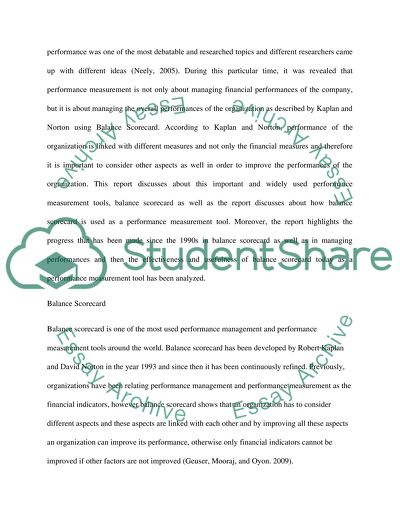Cite this document
(“Management Accounting: Performance Evaluation (Balanced Scorecard) Essay”, n.d.)
Management Accounting: Performance Evaluation (Balanced Scorecard) Essay. Retrieved from https://studentshare.org/finance-accounting/1402404-management-accounting-performance-evaluation
Management Accounting: Performance Evaluation (Balanced Scorecard) Essay. Retrieved from https://studentshare.org/finance-accounting/1402404-management-accounting-performance-evaluation
(Management Accounting: Performance Evaluation (Balanced Scorecard) Essay)
Management Accounting: Performance Evaluation (Balanced Scorecard) Essay. https://studentshare.org/finance-accounting/1402404-management-accounting-performance-evaluation.
Management Accounting: Performance Evaluation (Balanced Scorecard) Essay. https://studentshare.org/finance-accounting/1402404-management-accounting-performance-evaluation.
“Management Accounting: Performance Evaluation (Balanced Scorecard) Essay”, n.d. https://studentshare.org/finance-accounting/1402404-management-accounting-performance-evaluation.


